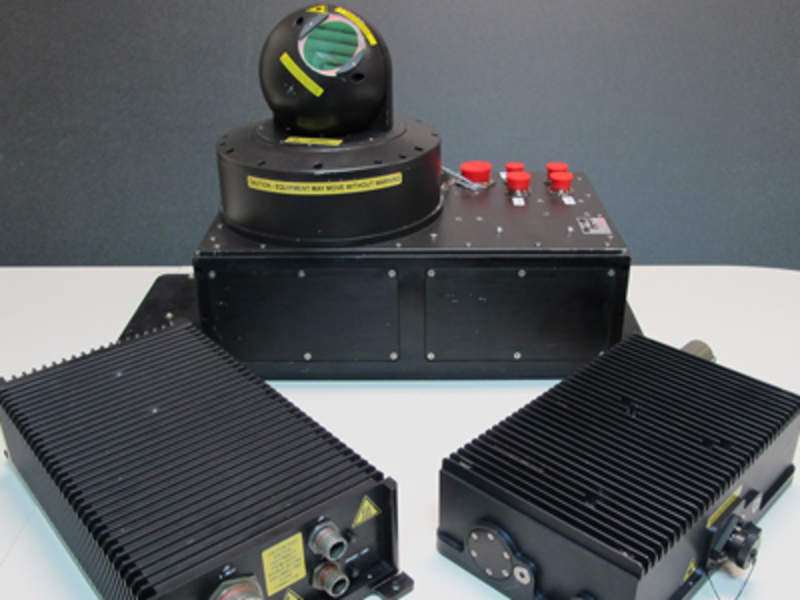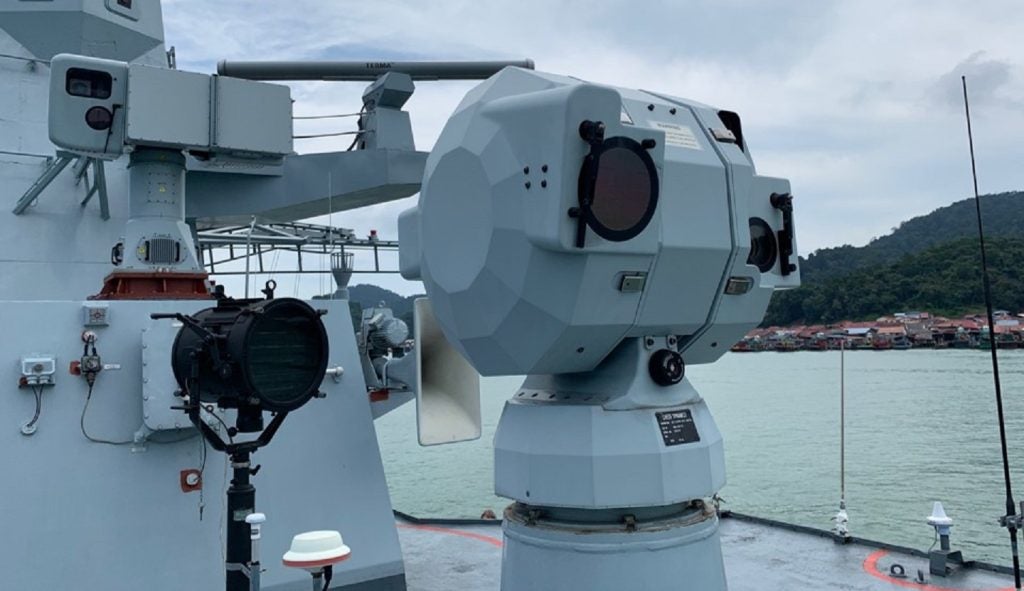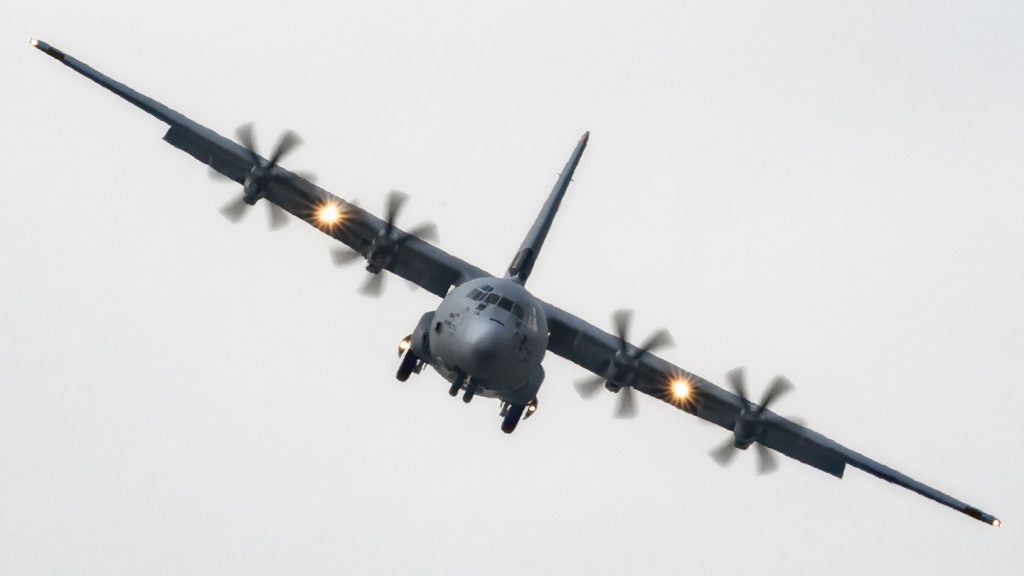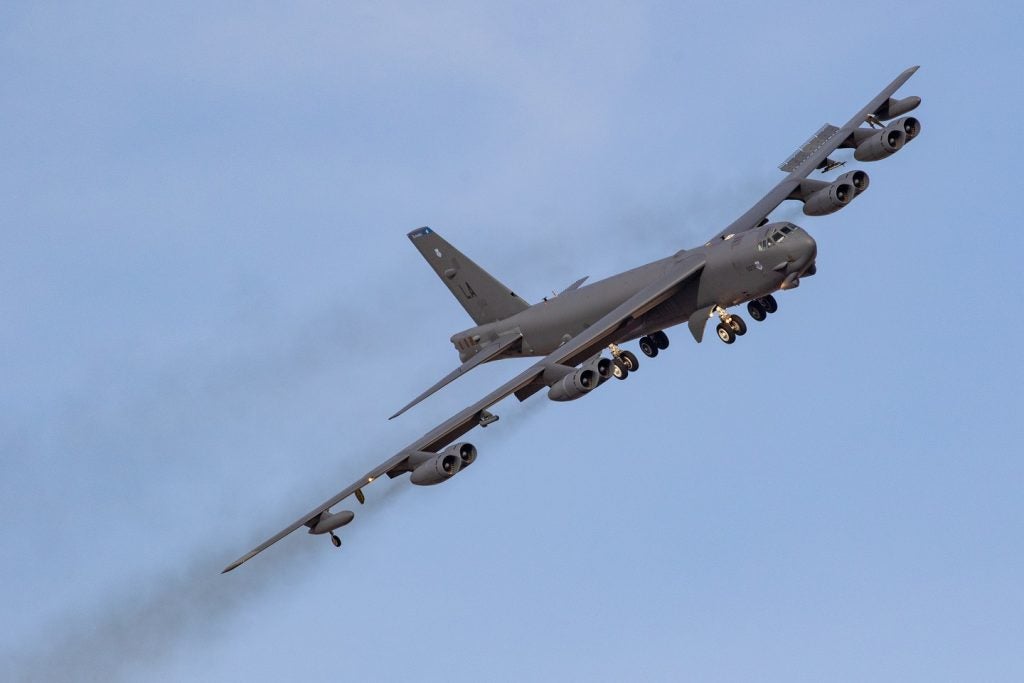

The Australian Defence Science and Technology Group (DST) has developed a new generation fibre laser technology for aircraft protection.
The development is in line with DST's continued research in advanced, directed infra-red counter-measure (DIRCM) concepts to protect aircraft from increasingly sophisticated infrared guided missiles.
DST defence laser scientist Nikita Simakov said: “DST’s new generation fibre laser technology will significantly improve the stability of the laser in harsh conditions and reduce the manufacturing costs.
“The technology also offers performance advantages: operating at higher average powers than bulk crystalline lasers, and with higher peak powers and better beam quality than diode lasers.
“In addition, fibre-based systems are less sensitive to vibration and mechanical deformations offering superior performance and cost savings when integrated on defence platforms.”
How well do you really know your competitors?
Access the most comprehensive Company Profiles on the market, powered by GlobalData. Save hours of research. Gain competitive edge.

Thank you!
Your download email will arrive shortly
Not ready to buy yet? Download a free sample
We are confident about the unique quality of our Company Profiles. However, we want you to make the most beneficial decision for your business, so we offer a free sample that you can download by submitting the below form
By GlobalDataAccording to DST, heat seeking missiles and electro-optic sensors pose a serious threat to defence platforms.
The existing DIRCM systems use bulk crystalline solid-state lasers to produce the laser radiation required to defeat thermal heat seeker sensors on missile threats.
Such lasers are sensitive to vibration, therefore difficult to engineer and expensive to ruggedise for integration onto a defence platform, DST stated.
The DST-proposed fibre laser technology is intended to replace a large fraction of the solid-state laser with a monolithic fibre laser amplifier.
Since fibre lasers are far less sensitive to vibration, they are consequently cheaper and easier to manufacture.
DST is seeking industry partners for licensing and commercialising the technology.
Image: Example of previous generation of mid-infrared laser technology (F-MURLIN) that has been successfully transitioned to industry by DST. Photo: © Commonwealth of Australia.







